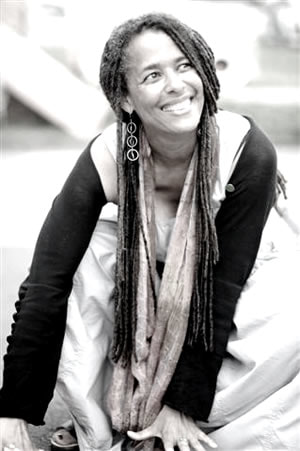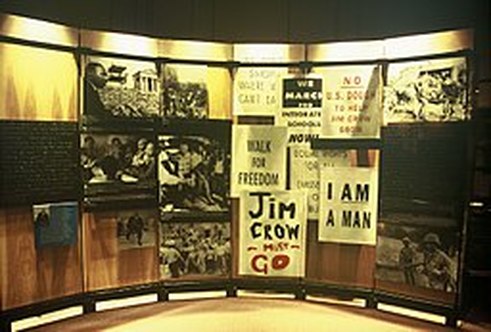Featured Interview: “Love Is Risk”
|
Carolyn Finney, Ph.D. is a storyteller, author and cultural geographer. As a professor in Geography at the University of Kentucky, she is deeply interested in issues related to identity, difference, creativity, and resilience. In particular, she explores how issues of difference impacts participation in decision-making processes designed to address environmental issues.
More broadly, Carolyn likes to trouble our theoretical and methodological edges that shape knowledge production and determine whose knowledge counts. Carolyn is grounded in both artistic and intellectual ways of knowing - she pursed an acting career for eleven years, but a backpacking trip around the world and living in Nepal changed the course of her life. Motivated by these experiences, she returned to school after a 15-year absence to complete a B.A., M.A. and Ph.D. The aim of her work is to develop greater cultural competency within environmental organizations and institutions, challenge media outlets on their representation of difference, and increase awareness of how privilege shapes who gets to speak to environmental issues and determine policy and action. Carolyn has appeared on the Tavis Smiley show, MSNBC, NPR and has been interviewed for numerous newspapers and magazines. Along with public speaking, writing and consulting, she served on the U.S. National Parks Advisory Board that is worked to assist the National Park Service in engaging in relations of reciprocity with diverse communities. As a national spokesperson, she is part of The Next 100 Coalition - a first-of-its-kind coalition of civil rights, environmental justice, conservation and community leaders from around the country who put together a vision statement and policy document on diversity and public lands for the Obama Administration with the intention of having President Obama issue a Presidential Memorandum. She has recently resigned from her full time position at UK (as of June 2018) to pursue her various projects. Carolyn's first book, Black Faces, White Spaces: Reimagining the Relationship of African Americans to the Great Outdoors was released in 2014 (UNC Press). |





